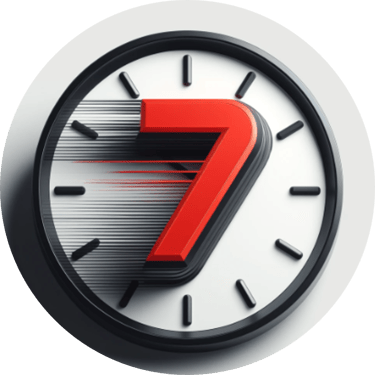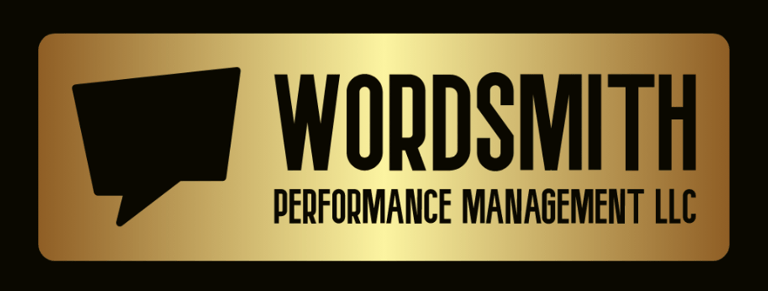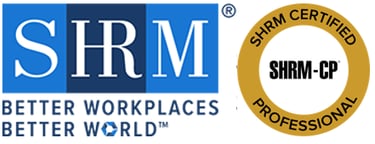I really LOVE "solving" things!
I thrive on solving problems—it’s my passion, my fuel, my personal victory lap.
When I tackle a challenge for myself, the satisfaction is immense, but helping someone else crack a tough nut? That’s a whole other level of awesome. This year, I’ve worked with clients who pushed me to my limits, and it’s been a wild ride. Weeks of back-and-forth, tough questions, and even tougher answers have taught me that problem-solving isn’t just about finding solutions—it’s about grit, honesty, and sometimes rewriting the rules entirely.
Working with clients isn’t always smooth sailing. Some engagements have been grueling, requiring brutal honesty and strategic pivots. I’ve had to throw out the playbook when standard approaches didn’t fit, tailoring solutions to unique career challenges. I’ve fired a couple of clients whose goals didn’t align with my process, and I’ve taken on others I initially doubted would be a good fit—only to be proven wrong when their determination shone through. These experiences remind me that problem-solving is as much about adaptability as it is about expertise. Whether it’s crafting a standout resume or guiding a client through a career transition, the process demands listening, challenging assumptions, and delivering results that resonate on a human level.
Enter AI, the shiny new player in the career services game. I’m still outpacing AI—for now—because it lacks the one thing I bring in spades: heart. AI is a sexy beast, churning out cookie-cutter resumes in seconds, but it’s a double-edged sword. It intercepts clients who want quick, generic fixes—resumes you could Google in five seconds that fail to impress hiring managers. These clients often prioritize speed over substance, missing the chance to tell a story that stands out. AI can format a document or optimize keywords, but it can’t capture the nuance of a client’s unique journey or appeal to the human hiring manager who values authenticity.
My edge lies in solving real problems. A client stuck in a dead-end job needs more than a polished resume—they need a strategy to highlight transferable skills and pivot to a new industry. A mid-career professional with outdated credentials requires guidance on upskilling, perhaps through LinkedIn Learning or a targeted certification. These solutions come from understanding motivations, fears, and aspirations—something AI can’t replicate. I’ve helped clients reframe their experiences, turning gaps in employment into stories of resilience or pivoting from retail to tech by emphasizing adaptability. These are human solutions, crafted with empathy and insight.
In January, I’m launching a series called “AI versus Human Resume Writers,” diving deep into this dynamic. Here’s a preview: AI is the great equalizer, but not in the way you might think. It doesn’t elevate generic resumes to the top tier; it drags the top echelon down by flooding the market with formulaic applications. You, the job seeker, are the proof. Your unique story—your skills, grit, and vision—sets you apart when crafted with intention. A human touch can showcase that in ways AI never will.
For those navigating a job search in 2025, don’t settle for AI’s quick fixes. Invest in solutions that reflect your worth. If you’re facing a career challenge, reach out—let’s solve it together with heart, strategy, and a plan that makes hiring managers take notice.🤖 😉
#resumes #7secondresume #careers #resumetips #careerchange #ai




